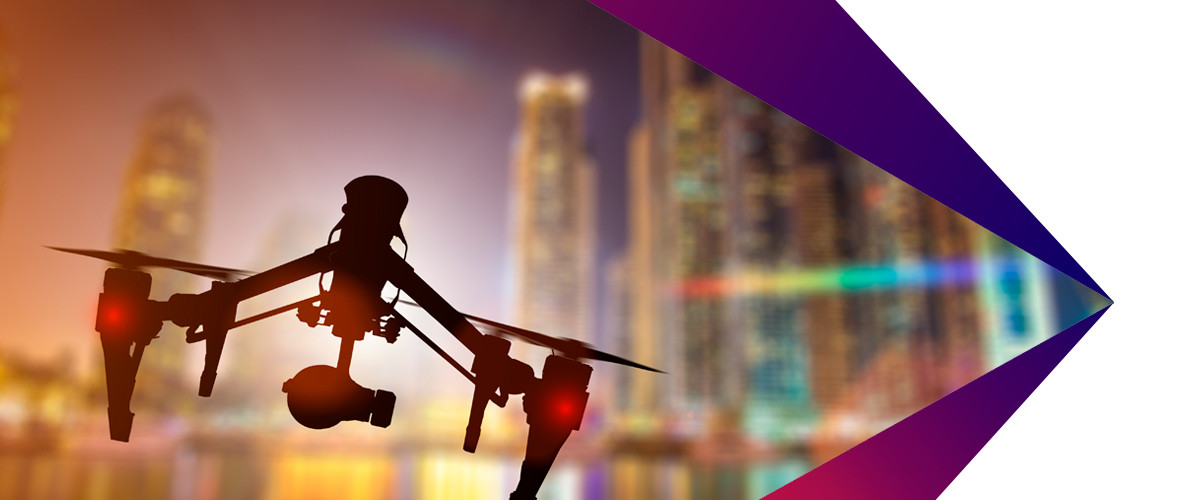March 30, 2023
Why drugs and drones are a good match
With the ability to overcome speed and distance limitations, drone-based medication delivery could be the difference between life and death.
In the news
The payload was less than seven pounds, but its successful delivery was a weighty matter.
The package in question was tuberculosis medicine. It was shipped from the All India Institute of Medical Sciences in Rishikesh to a district hospital nearly 25 miles away. And the delivery was handled by a Vertiplane X3 drone operated by startup TechEagle.
But the most important component of this shipment was its duration: 30 minutes. The same journey by road in the hilly vicinity would have required up to three hours.
At about the same time, a similar flight, launching a three-month test program, was completed in only 18 minutes in the north of England.
As these and other proofs-of-concept pile up, the conclusion is clear: Drone delivery of medicines will continue to grow. And in remote areas, they could be the difference between life and death.
The Cognizant take
The ability to quickly and economically transport specialized medicines using drones is a game changer,” says Aditya Pathak, Cognizant VP and Head of Auto, Transportation & Logistics, Americas. “Many of these drugs, diagnostics and devices often require extreme climate-controlled environments for storage, and then have a short window to be administered. Drones leapfrog distance and speed limitations of ground transportation, increasing the coverage area exponentially.”
Sashi Padarthy, a Consulting Partner in Digital Health at Cognizant, agrees. Drones have “proven to be effective,” he notes. “One drone delivery company has successfully transported medical supplies to rural clinics in Rwanda, saving lives and increasing healthcare access.”
One underappreciated advantage of drones, Pathak says, is their major impact on organ transplant backlogs. Drone delivery “expands the distance a donor organ can be transported within the critical time window to match with a recipient on the waitlist.”
While the benefits are clear, Padarthy points to some aspects of drone delivery that require further study and solutions. “Drones raise concerns related to the US Health Insurance Portability and Accountability Act (HIPAA) and similar regulations worldwide,” he says. “Ensuring the protection of patient privacy and sensitive medical information during delivery is crucial. When drones crash, however rare that may be, we need systems in place to secure patient health information.”
Padarthy also points to regulatory hurdles. The US Federal Aviation Administration and its counterparts in other regions have strict regulations governing drone use that limit the expansion of drone-based medication delivery, especially in densely populated areas.
Moreover, he adds, “The widespread adoption of drone-based delivery will require substantial investment in infrastructure and technology,” including drone ports, charging stations and upgrades to existing healthcare systems and processes. “These costs may be prohibitive for some communities,” Padarthy says.
“Drones are already making life-saving impacts across the world,” Pathak concludes. “And they have the potential to fundamentally transform the logistics and accessibility model of the life sciences industry.”
Understand the transformative impact of emerging technologies on the world around us as they address our most significant global challenges.
Latest posts
Related posts
Subscribe for more and stay relevant
The Modern Business newsletter delivers monthly insights to help your business adapt, evolve, and respond—as if on intuition



